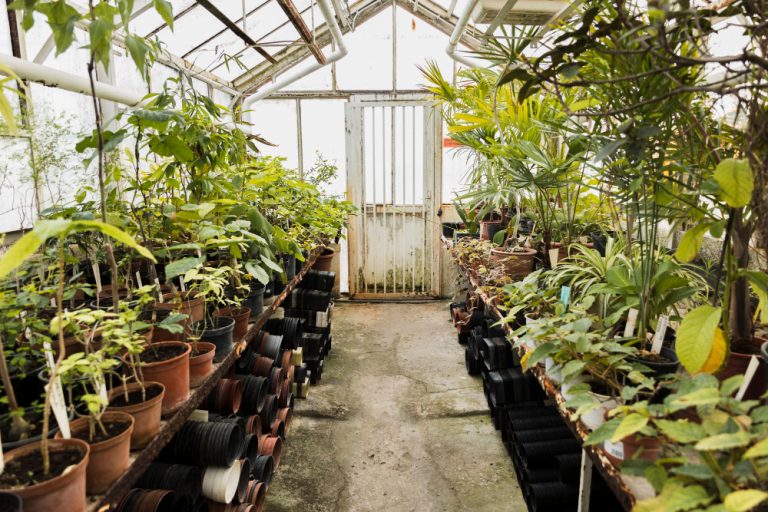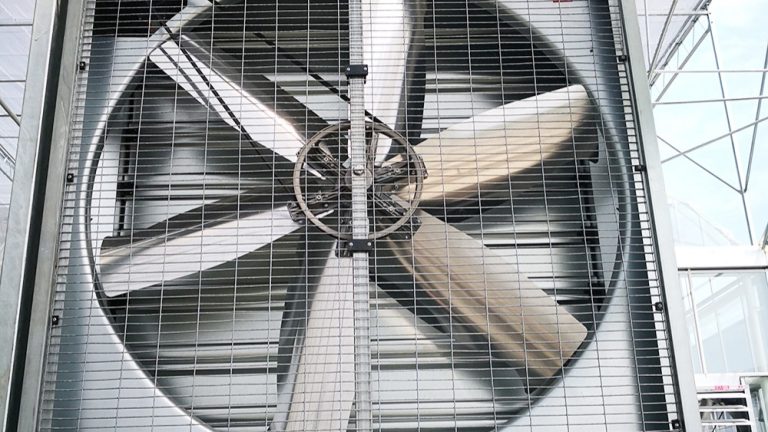
Key Points
- Research suggests ensuring proper drainage and securing the greenhouse structure can prevent heavy rain damage.
- It seems likely that regular maintenance, like sealing glass and checking fasteners, helps protect against water ingress.
- The evidence leans toward using mulch and row covers to shield plants from waterlogging and erosion.
- Controversy exists around optimal greenhouse positioning, but natural shelter from rain is generally advised.
Structural Protection
To safeguard your greenhouse during heavy rain, start by ensuring the structure is secure. Make sure it’s level and firmly attached to its base, using bolts alongside clips for added stability. Seal glass panes with silicon sealant to prevent water from seeping in, especially in older greenhouses where sealant may need replacing. Check and tighten fasteners on components like collar ties and trusses to avoid loosening during storms.
Drainage and Roof Design
Good drainage is crucial. Ensure the land around the greenhouse slopes away to prevent water pooling, and keep gutters and downspouts clear to direct water away. A slanted roof helps rainwater run off, reducing the risk of structural damage from water weight.
Plant and Humidity Management
Protect plants by using organic mulch to slow rainfall and prevent soil erosion, and consider row covers for delicate plants. Manage humidity inside the greenhouse with proper ventilation to avoid fungal diseases, especially during rainy periods.
Maintenance and Positioning
Regularly inspect your greenhouse after storms for damage, repairing leaks or loose parts promptly. Position it near natural shelters like fences or walls to minimize exposure to heavy rain, though optimal placement can vary based on local conditions.
Survey Note: Comprehensive Guide to Preventing Heavy Rain Dangers in Greenhouses
This detailed guide expands on the key strategies for protecting greenhouses from the dangers posed by heavy rain, addressing structural integrity, plant health, and maintenance practices. Heavy rain can lead to significant issues such as structural damage from water weight, waterlogging of soil causing root rot, increased humidity fostering fungal diseases, and erosion of soil or nutrient loss. By implementing proactive measures, greenhouse owners can mitigate these risks effectively.
Structural Integrity and Design Considerations
Ensuring the greenhouse structure can withstand heavy rain begins with a solid foundation and robust construction. Research suggests that a level greenhouse, securely fastened to its base, is less likely to suffer from panel or glass loosening during wet conditions. For enhanced stability, use bolts in addition to clips, as recommended by experts at Greenhouse Stores Blog. This is particularly important during severe weather, where additional reinforcement can prevent structural failure.
Sealing glass panes with silicon sealant is another critical step, especially for older greenhouses where the sealant may have degraded. This prevents water ingress and reduces vibrations that could lead to further damage. Regularly check the integrity of fasteners on structural components such as collar ties, trusses, bracing, and purlins, as loose fasteners can exacerbate damage during heavy rain, as noted by Sturdi-Built Greenhouses. A table summarizing these structural checks is provided below for clarity:
| Component | Action | Frequency |
|---|---|---|
| Foundation and Base | Ensure level and securely fastened | Before rainy season |
| Glass Panes | Seal with silicon sealant | Annually or as needed |
| Fasteners (e.g., ties, trusses) | Check and tighten | After storms, quarterly |
The roof design also plays a pivotal role. A slanted roof allows rainwater to run off, preventing the weight of accumulated water from causing structural damage, a point emphasized by Sturdi-Built Greenhouses. This design consideration is essential for maintaining the greenhouse’s integrity during prolonged rain events.
Drainage and Water Management
Effective drainage is crucial to prevent water accumulation around and within the greenhouse. Ensure the land slopes away from the structure to avoid pooling, and install proper drainage systems such as French drains if the area is prone to heavy rainfall, as suggested by Plumbers4U. Gutters and downspouts must be regularly inspected and cleared to direct water away from the foundation, reducing the risk of waterlogging and structural instability.
Inside the greenhouse, managing water flow is equally important. Using organic mulch around plants, as recommended by WikiHow, can slow down rainfall, prevent soil erosion, and protect roots from water damage. This is particularly useful for maintaining soil structure and preventing nutrient loss during heavy storms.
Plant Protection and Humidity Control
Plants within the greenhouse are vulnerable to waterlogging and erosion during heavy rain. To mitigate these risks, consider using row covers or other protective coverings for delicate or potted plants, which can be moved to higher ground or under cover, as advised by Garden & Greenhouse. Mulching with materials like straw or wood chips not only slows rainfall but also helps control weeds and keeps soil moist, offering additional benefits.
Heavy rain often increases humidity inside the greenhouse, which can lead to fungal diseases such as Botrytis and powdery mildew. Managing humidity through proper ventilation is essential, even during rainy periods. Heating and venting can be effective, as warmer air can hold more moisture, but it should be done efficiently, as noted by UMass Amherst. Monitoring humidity levels with a device can help adjust heating and venting to maintain optimal conditions, preventing disease outbreaks.
Maintenance and Post-Storm Inspections
Regular maintenance is key to preventing long-term damage from heavy rain. Inspect the greenhouse after storms for any signs of damage, such as loose clips, leaks, or damaged cladding sections. Repair these issues promptly to prevent further deterioration, as suggested by Greenhouse Stores Blog. This includes fixing or replacing damaged parts to maintain the internal climate and structural integrity.
Preventive checks should be conducted quarterly, focusing on the foundation, roof, and drainage systems. This proactive approach can save costs associated with extensive repairs, as highlighted by Plumbers4U, and ensure the greenhouse remains in good condition for as long as possible.
Positioning and Natural Shelter
The location of the greenhouse can significantly impact its exposure to heavy rain. Position it near natural shelters such as fences, walls, or hedges to minimize exposure, as advised by Greenhouse Stores Blog. Avoid low-lying areas prone to flooding, and consider the prevailing wind direction to direct rain over the roof rather than through the structure. While there is some controversy around optimal positioning due to varying local conditions, providing natural shelter is generally recommended to reduce rain-related damage.
Additional Considerations
Protecting the greenhouse foundation from waterlogging is crucial, as excess water can destabilize the structure, leading to long-term issues. Ensure positive slopes are in place to direct water away, as suggested by Granite Foundation Repair. For greenhouses in areas with frequent heavy rainfall, consider additional drainage solutions like trenches or barriers to redirect runoff, as noted by Reddi Lawn Maintenance.
This comprehensive approach, combining structural reinforcement, drainage management, plant protection, and regular maintenance, ensures that your greenhouse can withstand the challenges posed by heavy rain, safeguarding both the structure and your plants.




